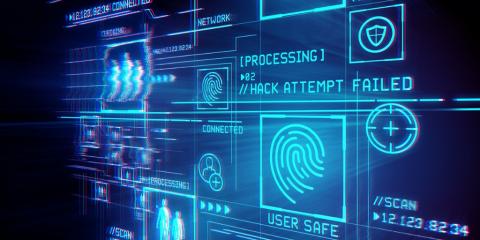36 Computing Milestones Every Tech Person Should Know
I was recently asked what I thought were the most significant points in the history of computing. It made me realize most people coming into high tech don’t have a basic understanding of the history of computing, which is important to understand future trends, how products work, and the relationships among computing elements in the technology stack.










